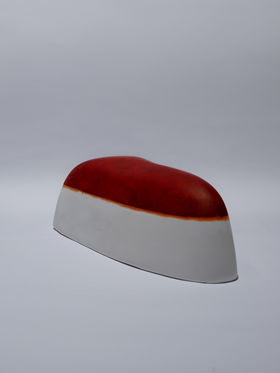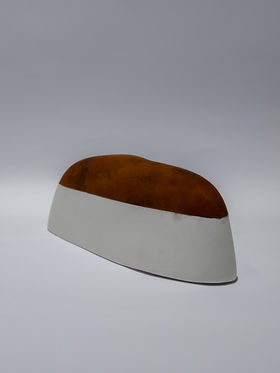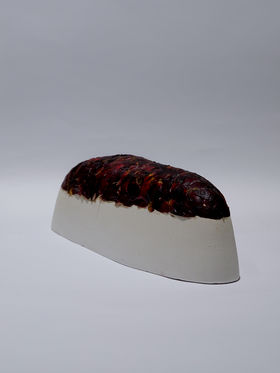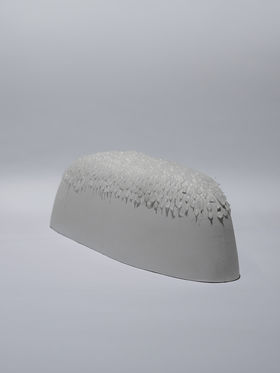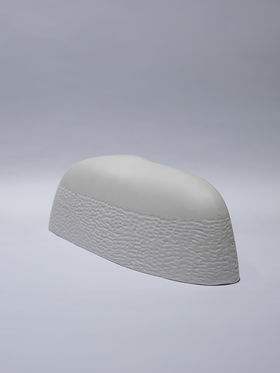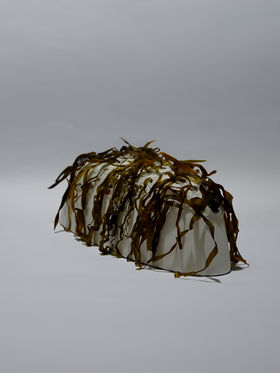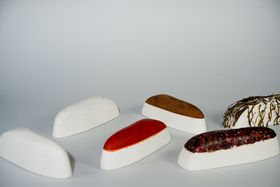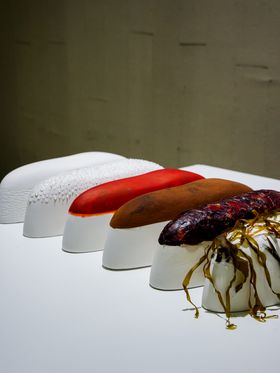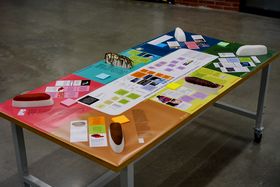Exploring Nature-Inspired Hull Coatings
by Xuanpu Huang, Hana Rehorčíková, Jenni Mirjami Salminen

This project aims to explore eco-friendly ship hull coatings inspired by nature to address the release of harmful substances, such as biocides, into the Baltic Sea. We draw inspiration from organisms like barnacles and mussels and their natural attachment processes. This initiative addresses the urgency of reducing traditional coatings' negative impact on the Baltic Sea ecosystem, contributing to a greener, more sustainable future for the region.
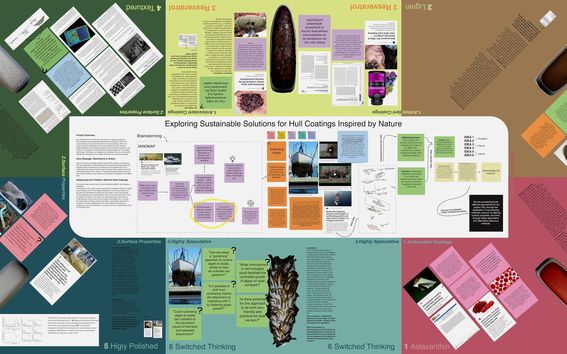
Inspired by mussel research into natural adhesion processes and the use of antioxidants, we proposed the first three projects to revolutionize antifouling coatings:
- Astaxanthin-Based Hull Paints: Exploring astaxanthin, an antioxidant from red microalgae, as a sustainable hull coating alternative due to its exceptional antioxidant strength and water resistance.
- Lignin-Based Hull Paints: Investigating whether lignin, a natural antioxidant found in wood and plants, can match synthetic antioxidants in fouling prevention.
- Resveratrol-Based Surface Enhancement: Examining hull paint from discarded grape skins to address both environmental concerns and fouling prevention.
Additional initiatives include:
- Mushroom-shaped Microstructures Ship Hull: Researching the efficacy of mushroom-shaped structures in preventing barnacle adhesion.
- Highly Polished Ship Hull: Considering smoother hull surfaces to reduce barnacle attachment.
- Cultivating Algae on Ship Hulls: Speculating about the controlled growth of algae or other species on hull surfaces, presenting an eco-friendly approach to coexisting with marine life.







